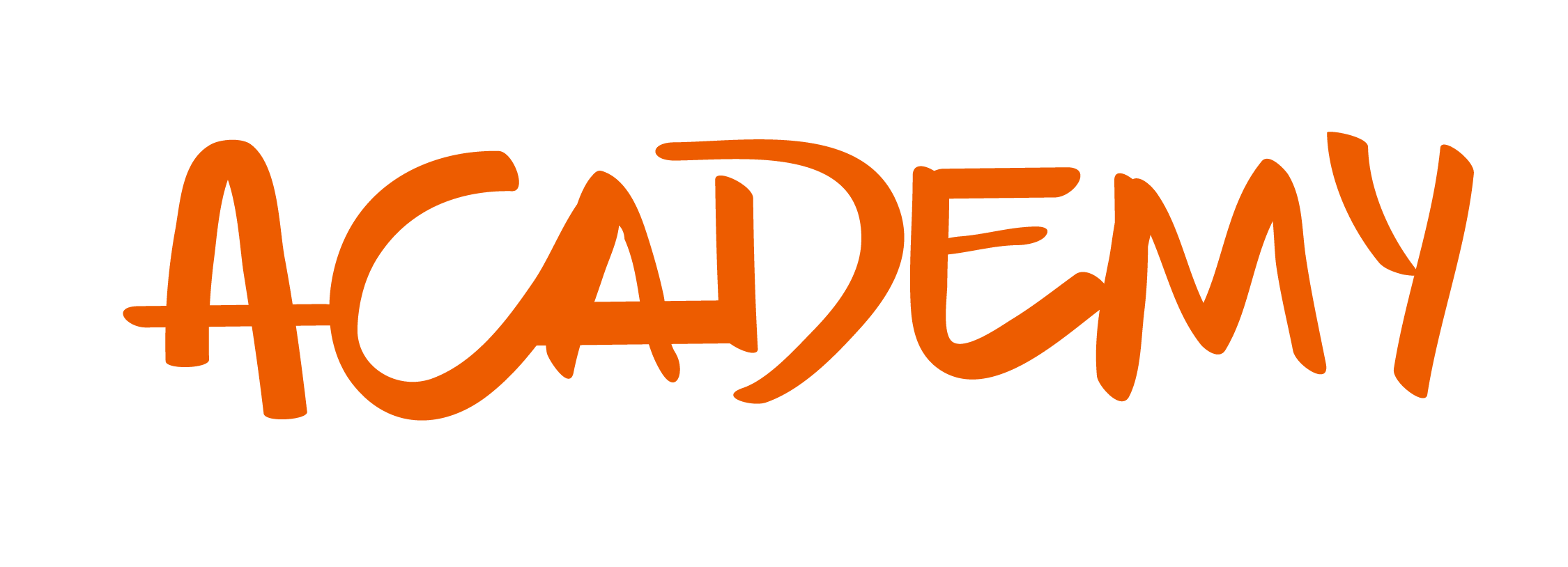In tech consulting firms, where every decision matters, adapting to change and strategically managing resources is key to staying competitive. Assigning the right people to the right projects becomes an essential pillar for tackling challenges and capitalizing on opportunities. However, achieving this alignment is not without its challenges, which can directly impact the operation and productivity of these firms.
Critical challenges in optimizing resource management
Tech consulting firms face recurring issues that limit their operational capacity. Among the most prominent is the lack of efficiency in planning, which results in downtime, duplicated efforts, and delays, impacting both costs and client satisfaction. Additionally, financial uncertainty makes it difficult to predict revenue and make long-term decisions, while limited visibility into available time turns resource allocation into a risky gamble.
Another critical factor is employee burnout, which not only affects team morale but also the quality of service delivered, leading to key talent turnover. In a dynamic market, the inability to adapt to new trends represents a loss of competitive opportunities. Furthermore, high bench percentages, where idle resources generate unnecessary costs, and the lack of reliable data for strategic decision-making widen the gap in operational efficiency.
All these challenges stem from a common root: the lack of visibility in project and resource management, a structural weakness that limits the potential of tech consulting firms.
Solutions for effective strategic planning
To overcome these challenges, it is essential to implement tools and strategies that address these issues comprehensively. Efficient planning management can be achieved by adopting platforms that integrate schedules, resources, and objectives into a single place, ensuring that each collaborator is assigned tasks according to their expertise. This reduces downtime and duplicated efforts.
To increase financial predictability, systems that monitor profitability in real time should be implemented, allowing for income forecasting and optimized decision-making. Similarly, greater control over resource availability can be achieved by using software that maps team capacity in real time, enabling agile adjustments to unforeseen circumstances.
Reducing employee burnout involves balancing workloads and using tools that alert managers about workload peaks before they affect morale. Adapting to the dynamic market requires integrating predictive analytics to proactively adjust operations. On the other hand, minimizing high bench percentages involves establishing strategies for short-term projects that keep idle resources engaged, maximizing productivity. Finally, informed decisions based on reliable data are essential to reduce errors and respond quickly to challenges. Integrated systems that centralize information allow for precise and strategic actions.
Visibility: The first step toward optimization
Visibility is the foundation of effective planning and an essential component of success in any organization. Without a clear view of workloads, responsibilities, and resource availability, efforts become desynchronized, resulting in delays, team frustration, and decreased overall productivity. This problem affects both immediate results and long-term strategies.
Many professional service firms face a concerning reality: a significant proportion of organizations lack precise knowledge about their teams’ true capacity. This not only limits their ability to optimally allocate tasks but also prevents them from fully leveraging the productive potential of their workforce. The lack of visibility is not merely an operational obstacle but a significant strategic barrier that can hinder growth and innovation.
The importance of a robust planning system
Leading companies understand that robust planning systems allow them to visualize workloads and availability, ensuring equitable task distribution and avoiding unnecessary overloads. Moreover, these systems facilitate precise agenda organization, ensuring priorities are addressed efficiently and resources are used to their fullest potential. Detecting conflicts before they escalate is another fundamental advantage, enabling proactive problem-solving and maintaining project execution flow.
These systems not only optimize resources, maximizing their operational impact, but also significantly contribute to reducing burnout. By improving time management and promoting a healthy work-life balance, they also increase employee satisfaction and the quality of services provided to clients. In this way, companies can ensure exceptional results while strengthening team commitment and well-being.
Strategic decisions based on data
Making decisions based on real-time data is not just an advantage but a necessity in markets where operational efficiency determines success. Reducing the “bench” translates into maximizing the productive use of resources, ensuring that every collaborator actively contributes to the organization’s overall objectives. When teams are aligned with strategic priorities, internal processes are optimized, and responsiveness to market changes improves. This enables organizations to remain competitive while building an agile and sustainable operational structure.
Conclusion
Strategic planning is not just an operational tool but a determining factor in the success of tech consulting firms. Adopting an approach based on visibility, synchronization, and reliable data transforms challenges into opportunities. These practices optimize operations, improve productivity, and create more efficient work environments. In the services sector, managing time effectively is what makes the difference between stagnation and success.












